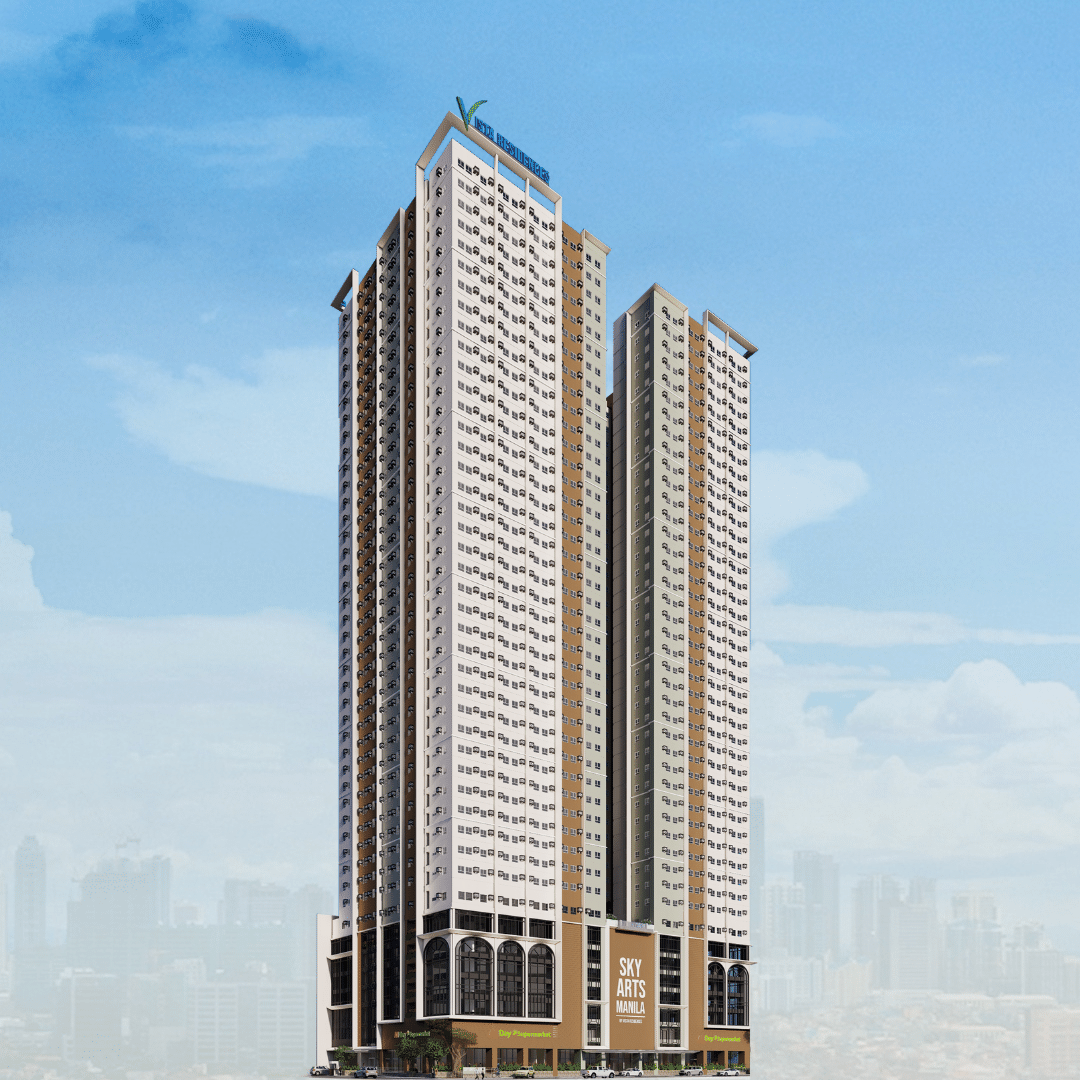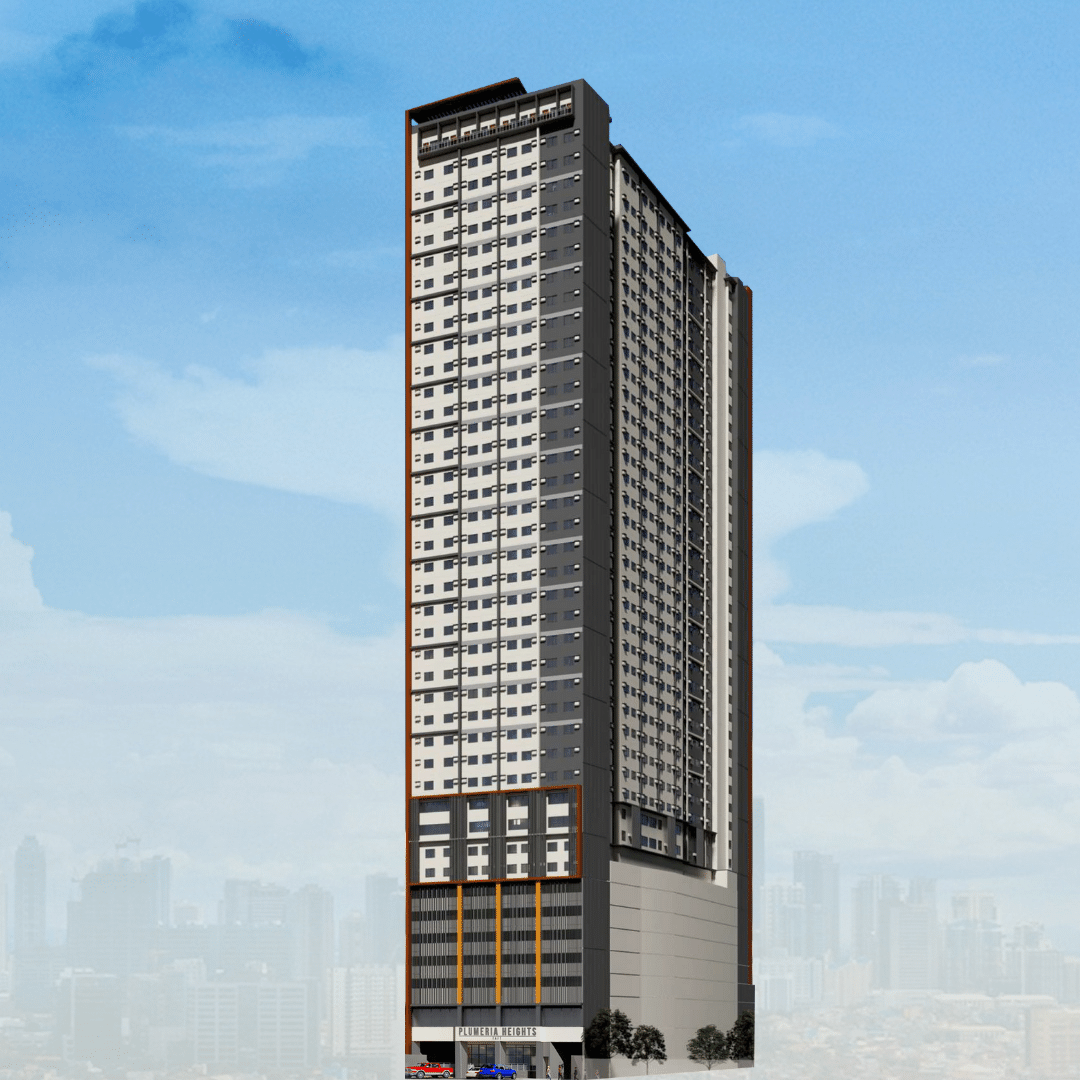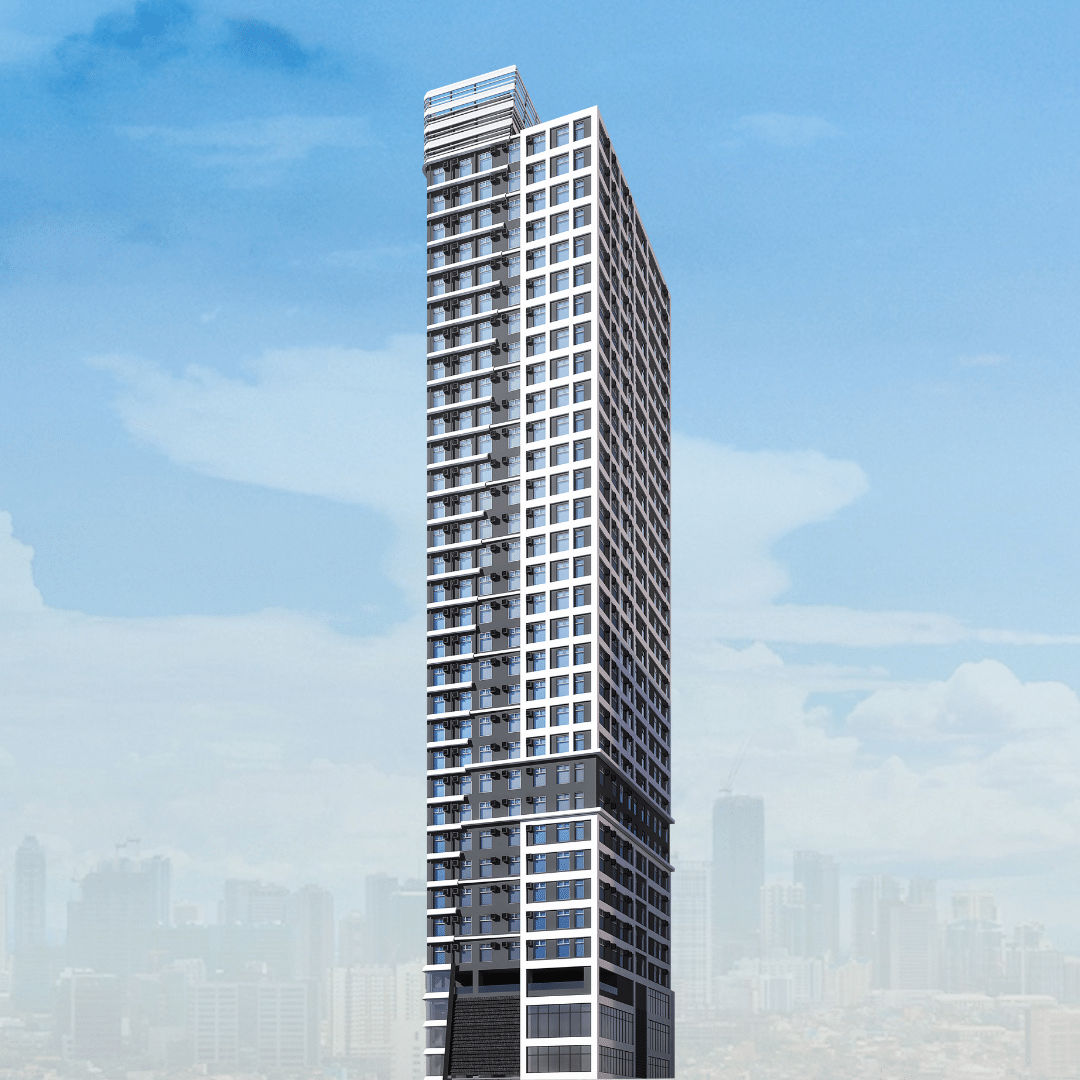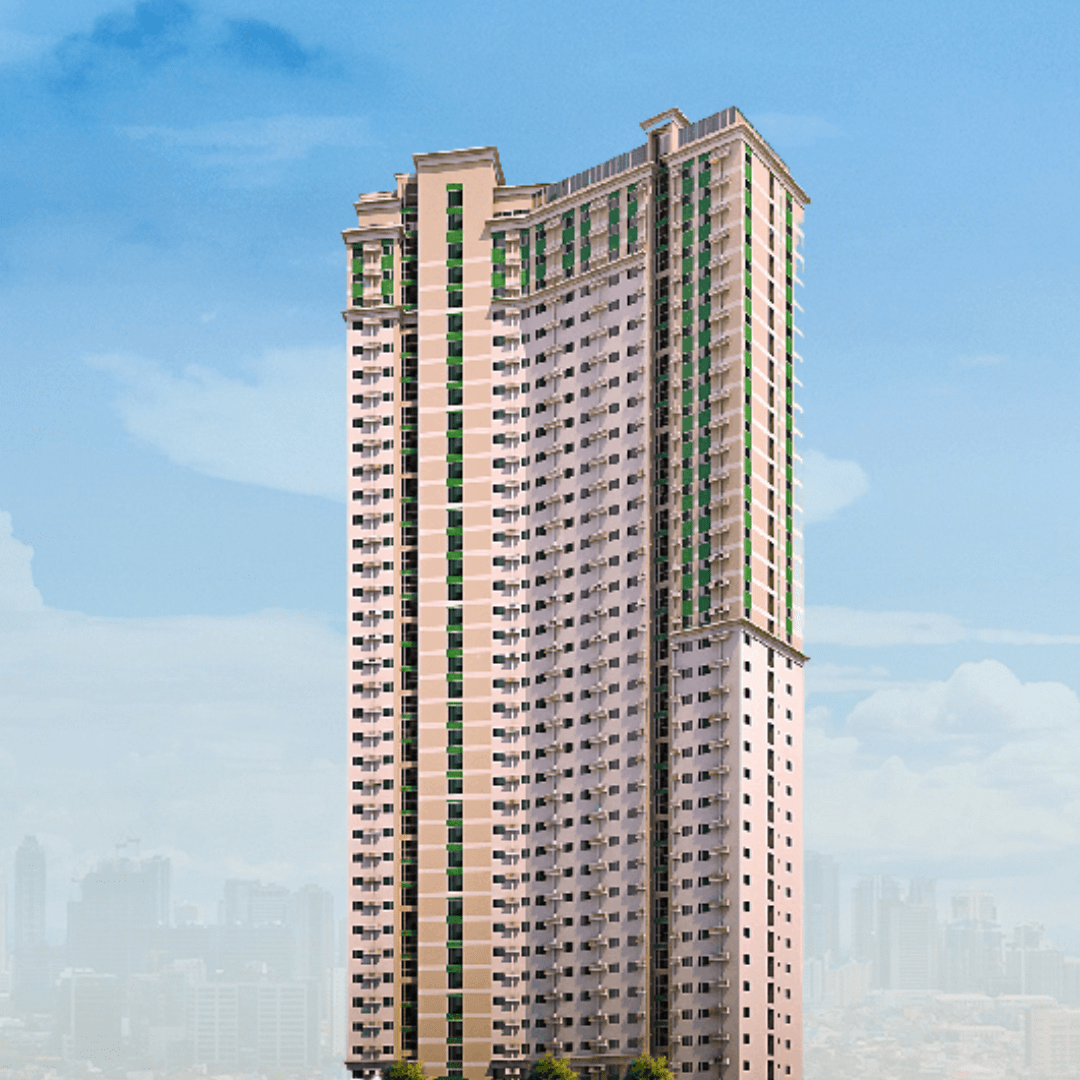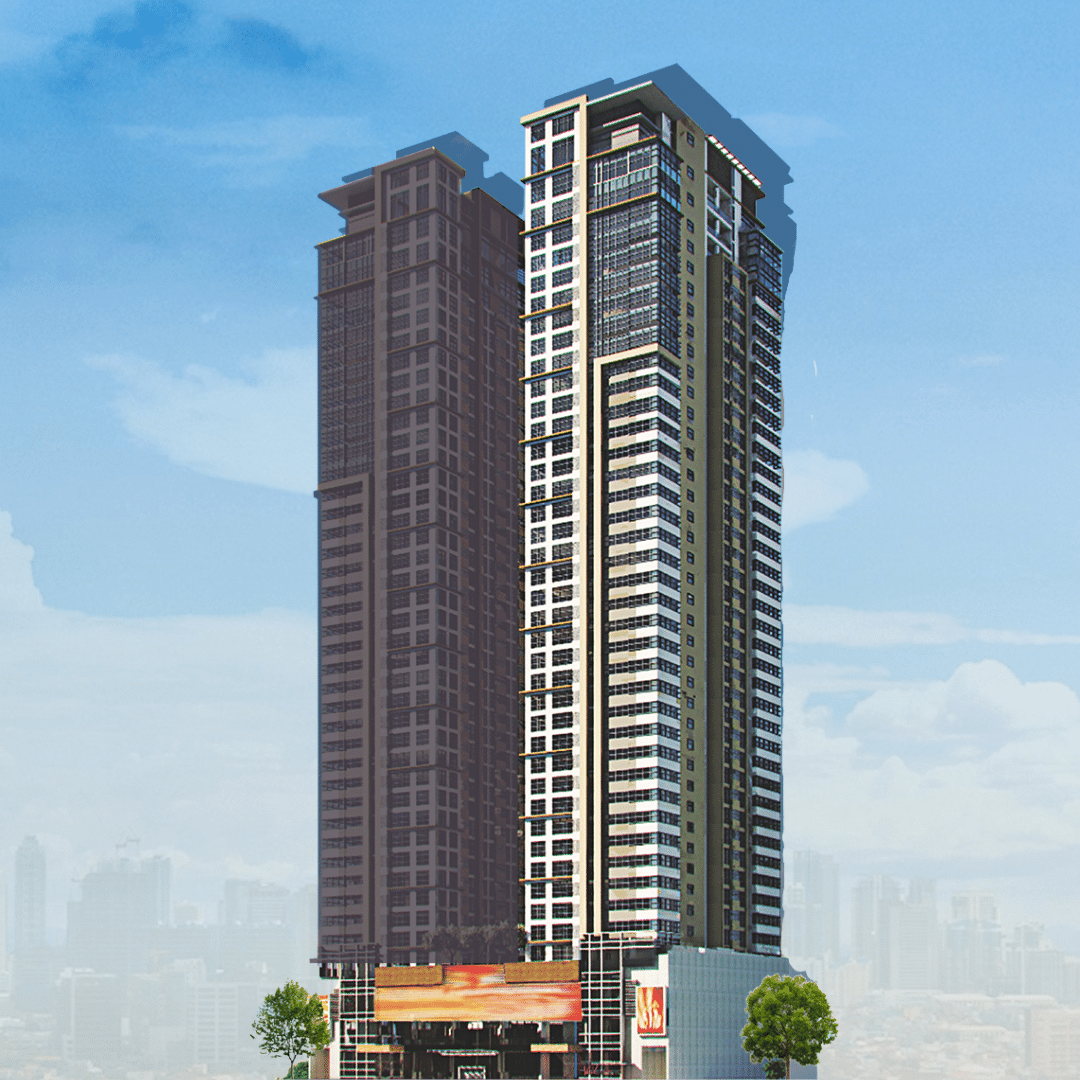In a fast-paced world where the lines between work and personal life are constantly blurred, finding a tranquil and sustainable living space is not just a whim but a pursuit of a balanced existence. Today's career-driven professionals, seeking a refuge that complements their success-driven mindset, are increasingly turning to nature-inspired vertical homes. This architectural innovation seamlessly combines sustainability with the calming influence of nature.
But why are these unique abodes resonating so strongly with individuals who are driven by ambitious careers? This exploration of the bond between vertical eco-homes and career-focused individuals will unravel the significant reasons for their growing popularity.
What Is a Nature-Inspired Home Design and Sustainable Vertical Home?
A vertical home is a compact, multi-story residential structure that maximizes the use of limited urban space. It embraces eco-friendly interior design ideas and principles to create a sustainable living environment that minimizes energy consumption and reduces carbon footprint.
Nature-inspired vertical homes take this concept further by incorporating elements of nature into their interiors and design, such as green walls, rooftop gardens, and natural light. These homes aim to create a harmonious balance between urban living and the surrounding environment.
Elements of Nature-Inspired Interior Design
Nature-inspired interior design focuses on bringing the outdoors inside, creating a sense of tranquility and connection with nature. This design concept heavily incorporates natural materials such as wood, stone, and plants into the living room space.
Sustainable Materials
Sustainable materials, such as bamboo, reclaimed wood, and even recycled wood and plastic, are not only environmentally friendly but also add a touch of warmth and character to a living space. These materials also have a longer lifespan than traditional building materials, making them a cost-effective choice for homeowners.
Biophilic Design
Biophilic design is an architectural concept that aims to create a connection between humans and nature in the built environment. This design approach to buildings includes features such as large windows, natural light, and indoor plants to bring elements of the outdoors into a home.
Recycle and Reuse
Nature-inspired homes often incorporate recycled materials and repurposed materials into their design, minimizing waste and reducing the environmental impact of construction. This not only adds character to the home but also reflects the homeowner's commitment to sustainability.
Benefits of Nature-Inspired Design
Nature-inspired design has several benefits that make houses with it ideal for career-driven professionals looking to balance work and personal life. Here's how these homes can improve the well-being of their occupants:
A Connection to the Environment
Amid the soaring skylines and urban bustle, those who opt for nature-inspired homes can foster a deeper connection to the natural world. Large windows that frame the sun, forest canopies, rooftop gardens bursting with life, and nature-inspired interior design elements, such as the use of natural woods and stones, bring the serenity of the outdoors inside. This immersion in nature satisfies a primal need and has been scientifically proven to reduce stress and anxiety.
Improved Well-Being and Productivity
The biophilic design inherent eco friendly materials in these homes goes beyond aesthetics, impacting the occupants' health and wellness. Exposure to natural elements within the living space can lead to improved mood, concentration, and cognitive function, which is essential for professionals engaged in demanding careers that require constant mental acuity.
Aesthetic Appeal and Tranquility
The ethereal beauty of a nature-inspired interior can serve as a canvas for relaxation and creative thinking, offering moments of tranquility within the confines of a busy day. Artful integration of natural elements also fosters a sense of pride and appreciation for the living space, a reprieve that is vital to the ambitious professional.
Advantages of Sustainable Features
The adage "less is more" rings true when it comes to sustainable living, and nature-inspired vertical homes are built around this very concept. By incorporating sustainability into the design quality construction of their home, career-driven individuals gain several benefits such as:
Energy Efficiency
Vertical eco-homes are at the forefront of energy efficiency. Solar panels, smart climate control systems, and passive heating and cooling designs reduce the home's environmental impact, reduce energy consumption and contribute to substantial savings in utility bills. For career professionals with a keen eye on long-term financial goals, this dual benefit of sustainability and cost-effectiveness makes a compelling case for sustainable living.
Cost Savings in the Long Run
Although the initial investment in sustainable features might be higher, the long-term savings are robust. High-quality insulation, durable materials, smart water conservation systems, and energy-saving appliances work together to significantly lessen ongoing maintenance costs, which can be particularly appealing to professionals managing their financial assets strategically.
Reduced Environmental Footprint
Choosing to live in a home that is sustainable house operates on sustainable principles is a personal commitment to environmental preservation. For eco-conscious professionals, this decision aligns with their values and contributes to a sense of purpose outside the confines of their careers.
Vertical Living for Career-Driven Professionals
Here's why nature-inspired vertical homes are a perfect fit for career-driven individuals:
Space Optimization and Convenience
Vertical homes are not just about height; they represent a smart space utilization. Vertical gardening, modular furniture, and intelligent storage solutions provide convenience and efficiency that align with the lifestyle of busy professionals. The vertical house design often includes dedicated workspaces, which are essential for telecommuting and various career demands.
Work-Life Balance in Urban Settings
The urban sprawl, while offering numerous career opportunities, can also be strenuous, with long commutes and the lack of green spaces. Vertical homes, particularly when they include communal areas for relaxation or co-working, provide a harmonious blend of urban access and tranquil living, promoting a healthier work-life balance.
Community and Amenities in Vertical Homes
Many vertical home projects are community-centric, providing amenities such as on-site gyms, shared gardens, and communal workspaces. This fosters a sense of belonging, critical for professionals who often find themselves living amidst the anonymity of city life.
Tips To Get Started
If you're considering a nature-inspired vertical home, here are a few tips to help you get started:
- Research different eco-friendly design principles and find the ones that align with your values.
- Consider your budget and prioritize sustainable features that offer long-term benefits.
- Consult with architects and designers who have experience in creating nature-inspired homes to develop a customized plan for your living space.
- Invest in eco-friendly appliances and products to complement your sustainable home design.
Case Studies and Examples of Nature-Inspired Vertical Homes
- Bosco Verticale, Milan: This landmark project features two residential towers boasting over 900 trees, including a variety of shrubs and plants on each balcony. The vertical forest design not only provides a striking aesthetic but also helps to improve air quality and reduce noise pollution in the bustling city.
- The Interlace, Singapore: This award-winning project is a prime example of how nature-inspired design can bring communities together. The building's interlocking blocks create eight courtyards that serve as communal spaces for residents to relax and interact with each other, promoting a sense of community amidst the urban jungle.
- One Central Park, Sydney: Designed by renowned architect Jean Nouvel, this iconic project features a 166-meter vertical garden, the tallest in the world at the time of its completion. The lush greenery not only improves air quality but also provides a stunning backdrop for residents to enjoy from their balconies or communal spaces.
Takeaway
The allure of a nature-inspired and sustainable vertical home for career-driven professionals is more than a housing trend; it is a paradigm shift toward a holistic approach to living. These eco-architectural wonders offer a constellation of benefits that range from personal well-being to professional efficacy, and from savings in construction costs to sustainability.
For those professionals who are seeking a sanctuary that serves as both a harbor and a springboard for their careers, the answer may well lie in the verdant space-saving vertical homes of the future. With ample evidence of success and contentment in such dwellings, the only question remaining is not 'why' adopt this lifestyle, but 'when'.
If the idea of a nature-inspired energy efficient and sustainable vertical home resonates with you, explore how you can integrate these principles into your own living space. Whether it's small changes to your current home or a future move to a vertical eco-residence, every step towards sustainable living is a step towards a brighter future – for the planet, and for your own professional and personal fulfillment.

